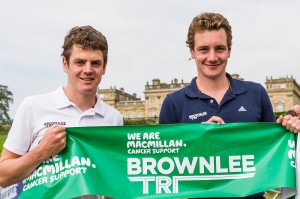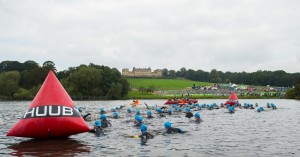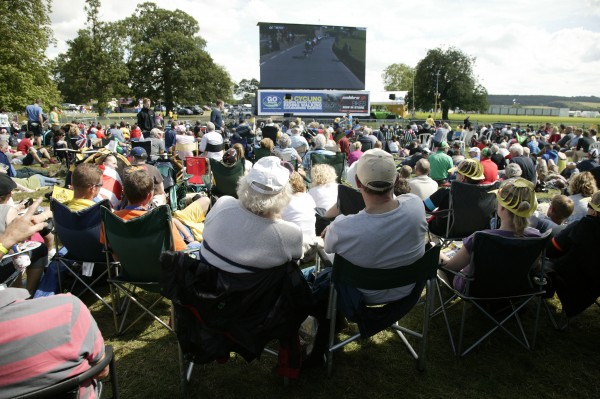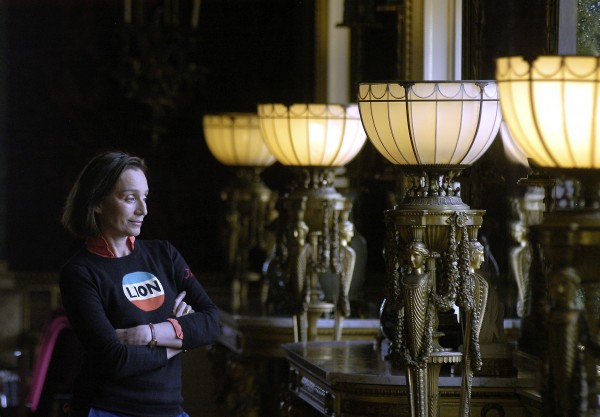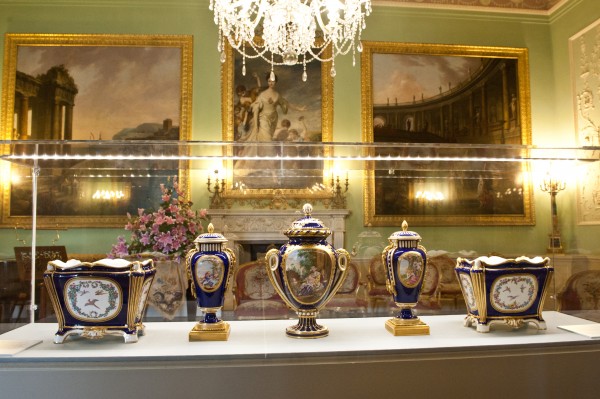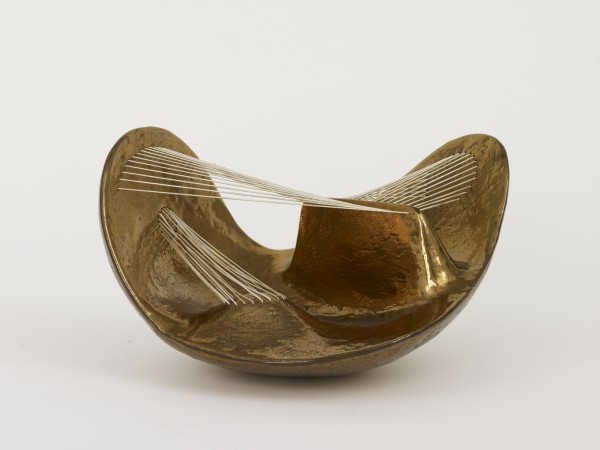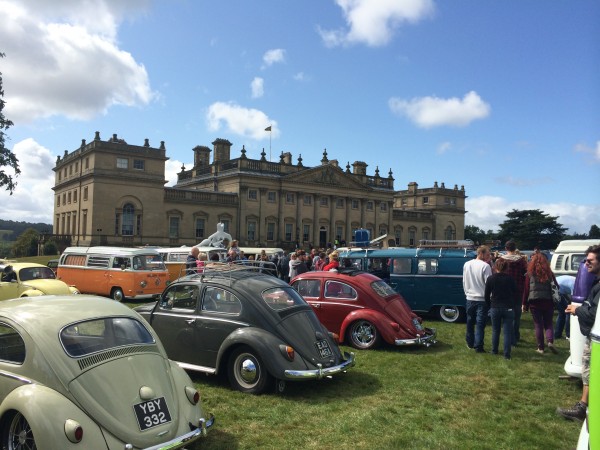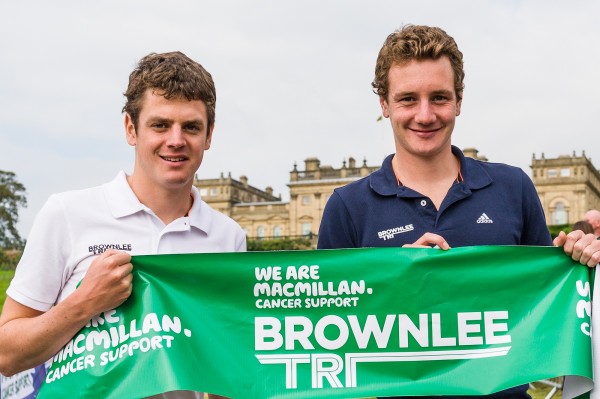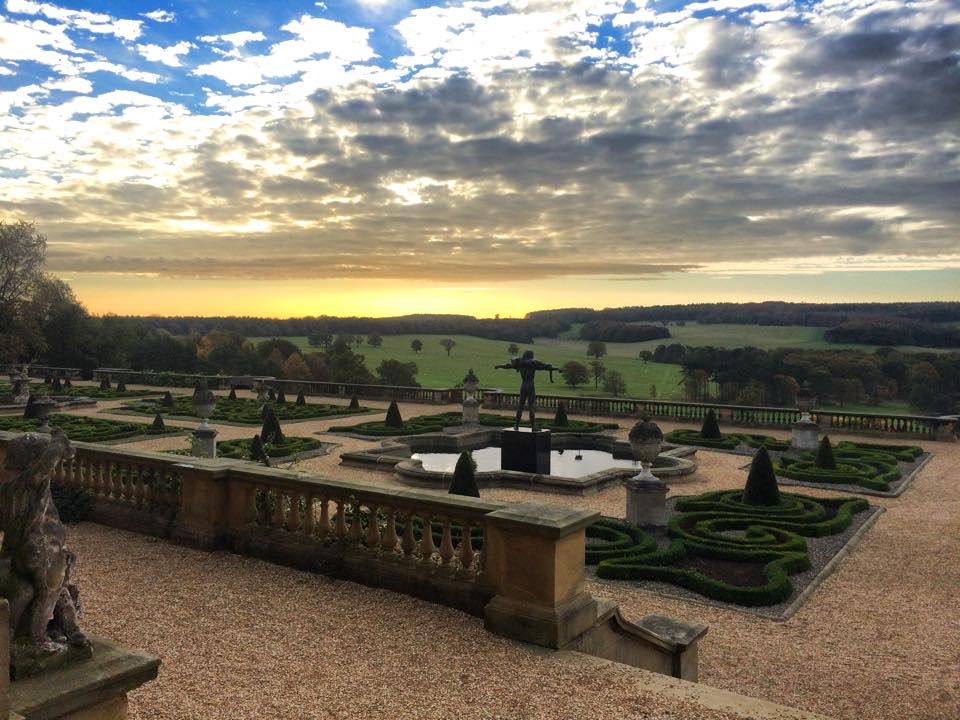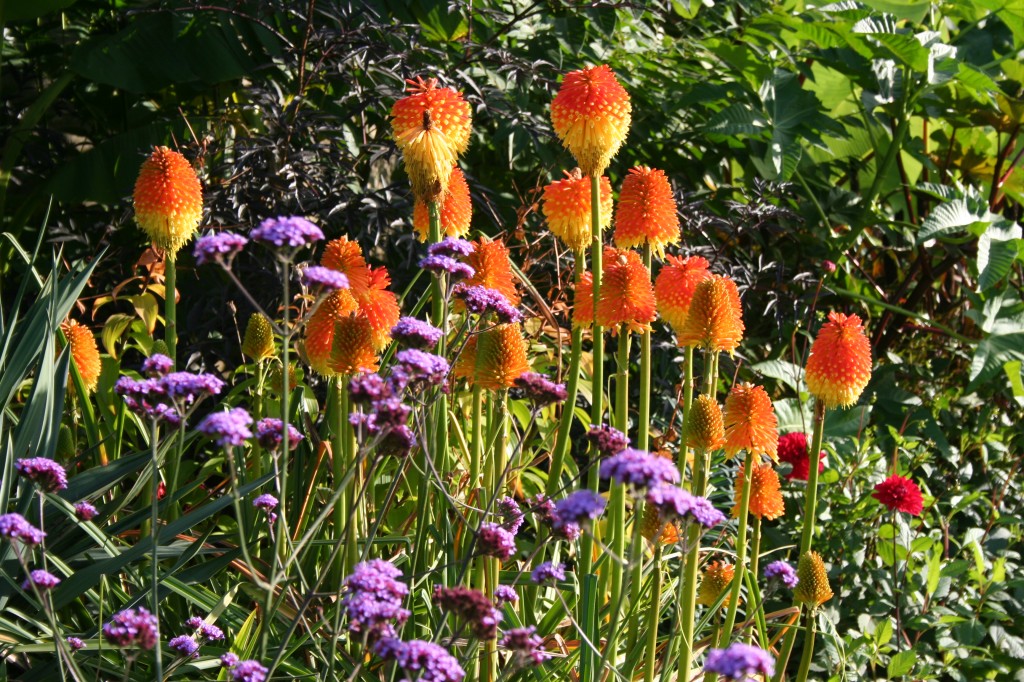- 2015 event date confirmed: Saturday 26th September
- Alistair & Jonny Brownlee “Harewood a great venue for triathlon”
The Brownlee Tri will be returning to Harewood House in Leeds on Saturday 26th September 2015. Alistair and Jonny Brownlee’s hugely popular triathlon will once again offer Sprint and Super Sprint distances for individuals and a Sprint relay for teams around the spectacular Harewood course. Early bird registration for the triathlon is set to open within the next few weeks.
The 2015 Brownlee Tri will build on the success of the 2014 event, when over 1,000 competitors and 4,000 spectators enjoyed a fantastic day out at the stunning Harewood estate. The event proved to be an instant hit among the triathlon community, who praised the course for its breath-taking scenery, closed circuit layout and one of the most exciting new bike routes on the calendar.
Alistair Brownlee commented “We’re really pleased to be able to bring the Brownlee Tri back to Harewood House. It’s such a great triathlon venue with a course that offers something for everyone: young and old, experienced or new to the sport.” Jonny added “Last year was brilliant, seeing so many people competing and enjoying themselves at a venue only 10 minutes from our own home.”
The event will once again offer a packed entertainment village and the opportunity for competitors and spectators to explore the grounds of the Harewood Estate, including the Bird Garden and Adventure Playground.
Race Director Louise Cornish said “We’re delighted that the Brownlee Tri is returning to Harewood House, which we believe is one of the UK’s best triathlon venues. As with this year’s Brownlee Tri, we want to deliver a premium triathlon experience for competitors of all abilities, as well as a great day out for the thousands of friends and families who turn up to support.’
Enter now by visiting www.brownleetri.com
